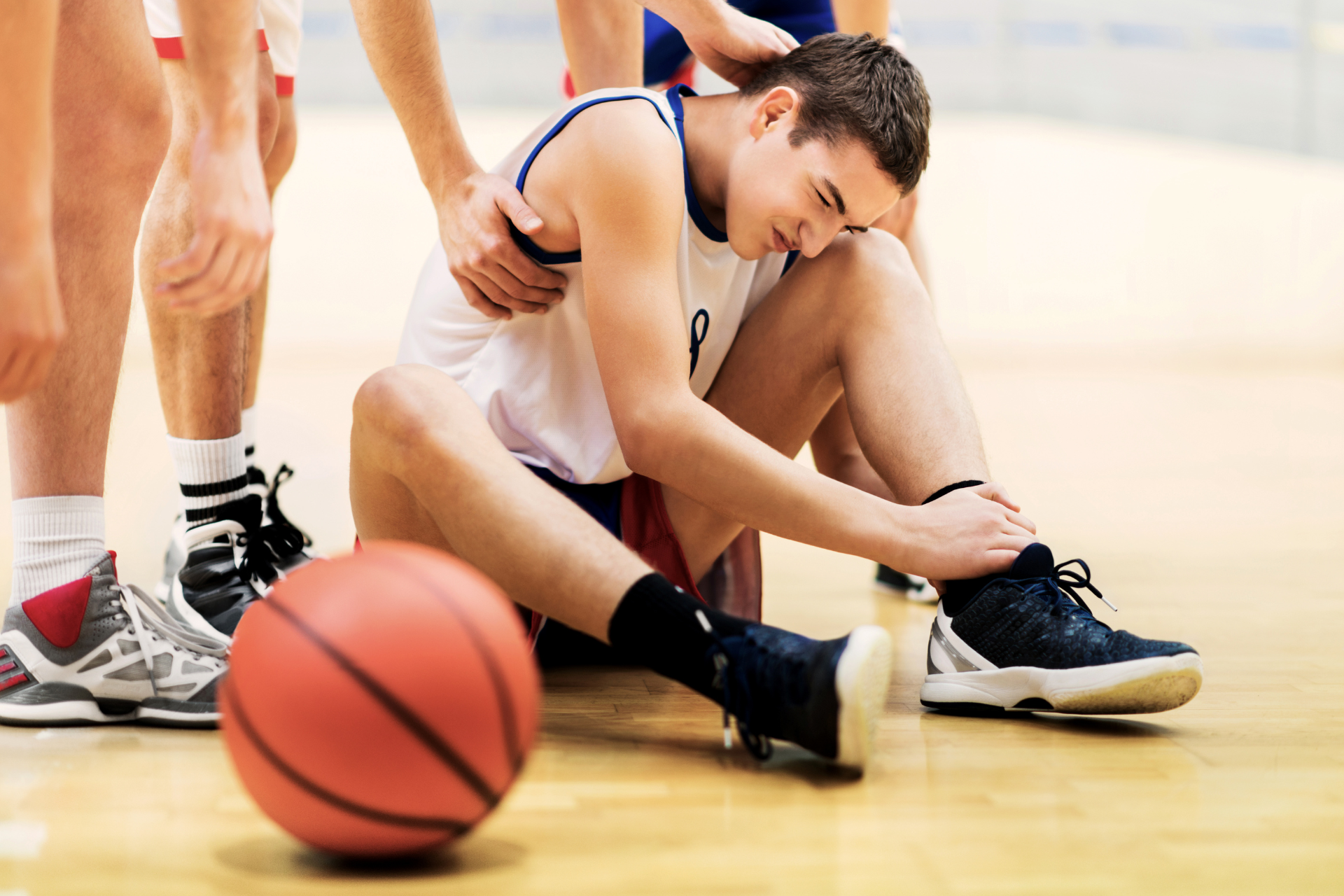How to Prevent and Treat Sports Related Skin Injuries

At Fall Creek Skin and Health Clinic, we understand that remaining active is essential for overall health and well-being. However, participating in sports can sometimes lead to skin injuries that can be painful and disruptive. Whether you’re an amateur athlete or a weekend warrior, being proactive about your skin health is crucial. Here’s how to prevent and treat common sports-related skin injuries effectively.
Prevention is Key
1. Wear Appropriate Gear
One of the simplest ways to prevent skin injuries during sports is to wear the right gear. Ensure that your clothing is breathable and moisture-wicking to reduce the risk of chafing and discomfort. Consider investing in padded protective gear, such as shin guards, knee pads, or elbow pads, especially for contact sports.
2. Practice Good Hygiene
Regularly shower before and after sports participation to keep your skin clean and free from bacteria. Use a gentle, antibacterial soap to reduce the risk of infections. It's essential to dry your skin thoroughly, particularly in areas prone to moisture, to minimize the likelihood of fungal infections.
3. Stay Hydrated
Proper hydration not only supports overall health but helps maintain moisture levels in the skin. Drinking enough water can prevent dryness and irritation during physical activity.
4. Apply Sunscreen
If you engage in outdoor sports, applying a broad-spectrum sunscreen of at least SPF 30 is crucial. This protects your skin from harmful UV rays that can lead to sunburn and increase the risk of skin cancer over time. Reapply every two hours or after swimming or sweating.
5. Keep Nails Trimmed
Keeping your fingernails and toenails trimmed can prevent scratches and injuries that could lead to infections. If you’re participating in contact sports, it's especially important to ensure your nails are short to avoid scratching yourself or others.
Quick Treatment for Common Injuries
1. Treating Abrasions
If you suffer an abrasion from a fall or contact injury:
- Clean the area with mild soap and water.
- Apply an antibiotic ointment to prevent infection.
- Cover it with a sterile bandage to protect it from further irritation.
2. Managing Blisters
Blisters can occur due to friction. To treat them:
- Avoid popping the blister; this increases the risk of infection.
- If it bursts, clean the area, apply antiseptic, and cover with a bandage.
- Consider using blister pads in the future to reduce friction.
3. Dealing with Rashes
Rashes, such as chafing or heat rash, can be painful.
- Apply a soothing lotion, like aloe vera or a hydrocortisone cream, to alleviate itching and discomfort.
- Wear loose, breathable clothing to avoid further irritation.
4. When to Seek Professional Help
If you notice signs of infection, such as increased redness, swelling, or pus, it’s essential to seek medical attention. Additionally, if skin injuries do not heal within a week or worsen, a healthcare provider can evaluate the injury for potential complications.
Conclusion
You don’t have to sacrifice your skin health for your love of sports. By following preventive measures and knowing how to treat skin injuries, you can continue to enjoy your athletic pursuits without added worries. If you have any concerns or persistent issues related to your skin, feel free to contact us at Fall Creek Skin and Health Clinic. Our team is dedicated to providing affordable solutions for all ages, ensuring that your skin remains as healthy as your spirit of adventure!




